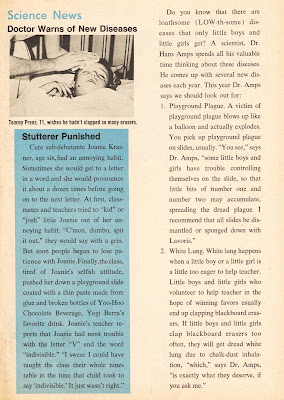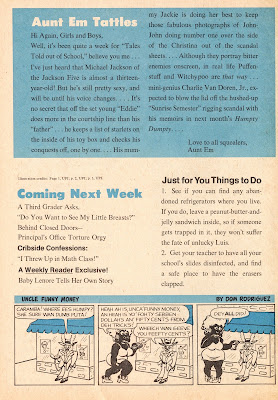The Dracula Scrapbook
By Peter Haining
Bramhall House, 1976
On an afternoon in late June of 1978 I graduated from High School, and later that evening, my best friend picked me up in his Oldsmobile Cutlass, and we went to an apartment house on Glenwood Avenue to see his pot dealer, a Warren Zevon-lookalike named 'Dave'.
As we sat in Dave's small apartment getting stoned, I noticed a book titled 'The Dracula Scrapbook' sitting on a nearby table. The brilliant cover illustration, by the UK artist Tony Masero, instantly was imprinted into my THC-addled brain tissue.
Within the next year or so, I procured my own copy of 'The Dracula Scrapbook' (if I remember correctly, I think I ordered it from either Edward R. Hamilton, or the Publisher's Central Bureau ..........their catalogs regularly came in the mail).
'The Dracula Scrapbook' (176 pp., Bramhall House, NY, 1976) was one of over 170 books authored or edited by the industrious Peter Haining (1940 - 2007), a UK resident who played a central role in publishing books on the genres of science fiction, horror, and fantasy during the 1960s, 1970s, and 1980s, a period of time when so-called geek or nerd culture was slowly but surely coming to the fore as a pop culture phenomenon.
A photoessay on Haining's career is available at the 'Vault of Evil: Brit Horror Pulp Plus' website.
The term 'ephemera' is rarely encountered nowadays, but back in the 1970s it was used to refer to collections of pop culture artifacts, and that is what is compiled in the pages of 'The Dracula Scrapbook'.
The book covers, in roughly chronological order, fact and fiction concerning vampires and Dracula from pop culture sources from the 18th century, on up to the mid-1970s.
Those sources include archived excerpts from: newspaper articles and book reviews; travelogues to Romania and Transylvania; sociological and cultural studies; short stories and novels; personal anecdotes, film reviews and synopses; and essays from fans, collectors, and didacts knowledgeable of the field.
The book is crammed with copious black-and-white pictures and photographs, and the amount of work that Haining and his editorial team must have put into assembling them is all the more impressive when you consider that back in the 70s there was no internet, and no Google.
Original prints, or photocopies, were all you had to work with back in those days......you asked libraries what they had in their files, or maybe you paid money to access the catalog of the Bettmann Archives.
One caveat: I don't own the 1992 edition of 'The Dracula Scrapbook' published in 1992 by Borders Press (pictured below). It's listed as having 160 pages, suggesting it might be abridged in some manner.
While copies of this 1992 Borders Press edition are more affordable than the Bramhall House edition, dedicated fans of Haining's works might want to consider investing in the 1976 version.


















































































